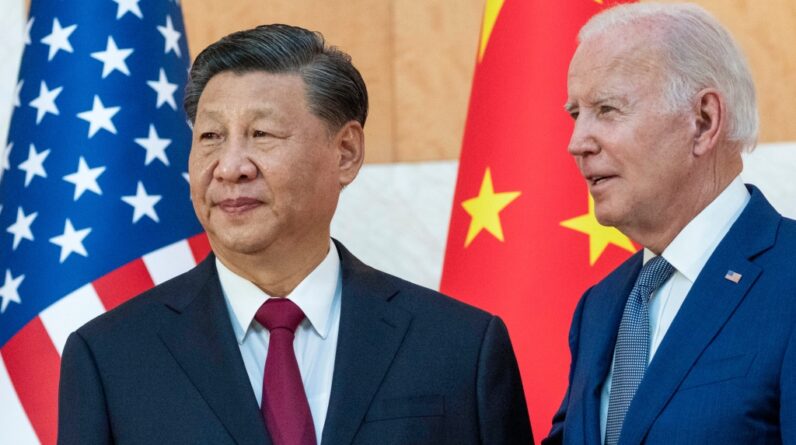
Events are converging to create a window of opportunity for North America, if the United States, Canada and Mexico can seize it. It’s also an opportunity for Bay Area businesses.
Global supply chains are realigning. Heavy reliance on China is of particular concern as pandemic lockdowns there hurt manufacturing, tariffs from the U.S.-China trade war remain in place, China’s government pursues state policies, and the potential for more political disruptions loom. This does not mean that companies will just pack their bags and leave China. Their market is too large and their supplier base too deep for any sudden change. But a recent survey by the US Chamber of Commerce in Shanghai shows that American companies are reconsidering their long-term futures, and many have shifted some investment elsewhere or plan to do so.
Where this investment goes is available. Aside from the companies returning to the United States, most are likely to go to these three places: Southeast Asia, India, or Mexico. In this formation, Mexico has several advantages. Like India and Southeast Asia, it has a young workforce and skilled engineers. The US-Mexico-Canada Agreement (USMCA), successor to NAFTA, provides an institutional framework that ensures transparency and market access for both trade and investment. The USMCA underpins an increasingly integrated North American market that will increase in importance as the regions (Europe, Asia and North America) consolidate. Most importantly, Mexico offers extremely short supply lines, with a fluid cross-border movement of goods and a professional level of people. Proximity reduces transport costs and times and the opportunity to group transnational suppliers.
The site’s location specialists report a growing number of inquiries and investments from companies in the United States and around the world. Employment in Mexico’s industrial parks grew by 30% last year. Guadalajara, Mexico’s tech hub, is attracting new interest, and the border states of Chihuahua and Nuevo Leon (headquarters of Monterrey) and the inland states of Querétaro and San Luis Potosí are attracting industrial investment. Nuevo Leon takes the lion’s share (50%). In January alone, 23 companies announced nearshoring investments totaling $2.5 billion. Their American customers tell Chinese suppliers that with high US tariffs, they have to be in North America. Cross-border location advisor Nepanoa reports that after last year’s supply chain disruptions in China, US companies are increasingly looking to Mexico for supplies.
Electronic components and equipment attract significant investment. Looking ahead, semiconductors offer a particular opportunity. opportunity At the US leaders’ summit in January, the three countries agreed to coordinate semiconductor supply chains, focusing on complementary investment opportunities. A first trilateral North American semiconductor forum will be held later this year. For Mexico, this is an opportunity to secure a role in the supply chain, supporting US factories.
There is also a strong lineup around batteries and electric vehicles. In January, the Mexican subsidiary of U.S. electric vehicle maker Centro Automotive announced a $200 million investment to produce lithium-ion batteries in Monterey. Tesla plans to open its first plant in Mexico, also in Monterey.
With the shift in global supply chains in full swing, this opportunity is for Mexico. To compete you need to offer infrastructure, qualified workers and security. Many of these elements are in place, but you need to put your best foot forward. The change is also an opportunity for Bay Area businesses looking to diversify their sourcing and bring production closer to home. Tijuana can be visited on a day trip from SFO (compared to a 15-hour flight to Asia), and Guadalajara, where Silicon Valley companies already have a footprint, is just three hours away. Baja California is in the same time zone as California and the time difference with other leading business centers is only two hours. Many Mexican states and cities have business-friendly policies, infrastructure and universities that can supply talent. If Mexico competes for the nearshore market and the Bay Area and other California companies respond, both economies and supply lines can be strengthened in ways that benefit businesses and consumers, as well as national security.
Sean Randolph is senior director of the Bay Area Council’s Economic Institute.
[ad_2]
Source link





